Today our topic will about “Urinary Tract Infection In Cats.” This disease is one of the most common conditions in cats. So, I will write about symptoms of urinary tract infection in cats and the treatment of urinary tract infection in cats. Urinary tract infection in cats, which also called feline urinary tract infection, can be so annoying and uncomfortable to your cat.
Note that this disease is a common condition in humans; also, almost everyone experienced these unwanted feelings, and sometimes it can be so painful when kidney stones accompany it. So, you can imagine what your cat is going through or may experience.
Reading this article will help you to notice this disease before it becomes worse, and therefore, you can help your cat to get rid of it fast. After all, we have to keep our cats healthy and prevent serious diseases or life-threating conditions from happening.
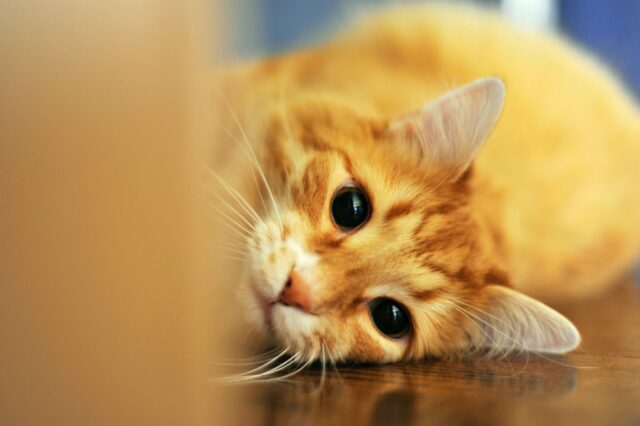
Table of Contents
What is Feline Lower Urinary Tract Disease?
Feline lower urinary tract disease (or FLUTD) is a term to describe a group of conditions and problems that affect the bladder and urethra of cats. Cats with FLUTD are diagnosed after ruling out urinary tract infection and kidney stones. FLUTD in cats shows different signs related to the urinary tract, such as pain when urinating, signs of difficulty of urinating, increased frequency of urination, and blood in the urine.
Some cats with this problem (FLUTD) also tend to lick themselves excessively, and they might also urinate outside their litter box.
This disease can occur at any age; it is however usually seen in middle-aged cats, cats that use an indoor litter box, cats that get little to no exercise (overweight cats), or cats that eat dry food.
You also need to know that other risk factors may increase the risk of developing this disease, such as stress (emotional or environmental) abrupt changes in their daily routine and multi-cat households.
Significant Signs of Feline Lower Urinary Tract Disease include:
- Straining to urinate.
- Urinating small amounts to none.
- Frequent and/or prolonged attempts to urinate.
- Crying out while urinating.
- Excessive licking of the genital area.
- Urinating outside the litter box.
Note that cats with urethral obstruction (it means a complete or partial blockage in the tube that carries urine from the bladder and out of the body, which is called Urethra) will pass little or no urine and become increasingly distressed. Urethral obstruction will also show the same signs as mentioned above.
You need to know also that this condition (Urethral Obstruction0 is more common in males than females due to long and narrow urethra males have. Also, this condition is a serious one, and it is considered an emergency and requires immediate veterinary treatment.
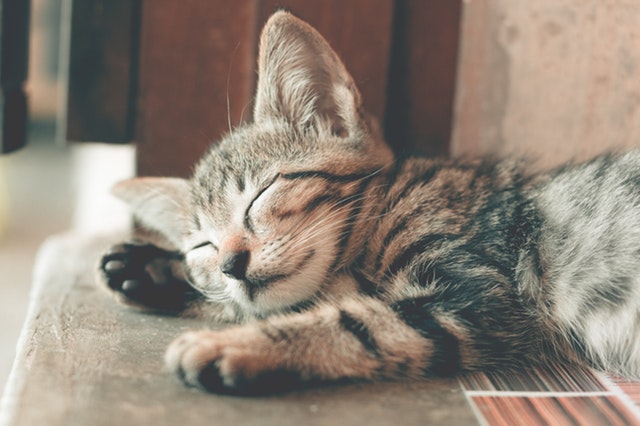
FLUTD Diagnosis
There are many causes for FLUTD, and it can be challenging to find the cause and treat it. However, the vet will start to investigate the cause based on the cat’s symptoms. They will begin with physical examination and then run some lab tests such as urine analysis to assess urine concentration, pH, and the presence of crystals, bleeding, infection, or inflammation.
Causes Of FLUTD
1- Urolithiasis (Urinary Stones)
One of the common causes of FLUTD is the formation of a stone in the urinary tract, which is called uroliths. Commonly the stone is found in the bladder and/or urethra.
2- Urethral Obstruction
This is an emergency problem and a serious condition. When the cat’s urethra is blocked partly or totally. These cats pass little to no urine at all.
3- Feline Idiopathic Cystitis
Feline idiopathic cystitis (FIC), which they also call it interstitial cystitis, is the most common cause of FLUTD in cats less than ten years old.
4- Urinary Infection
This is our topic for today. Keep Reading!
5- Other Causes
Other diseases can cause FLUTD, such as diabetes and hyperthyroidism. Less common conditions that cause FLUTD include tumors of the urinary tract, congenital abnormalities, or injury to the urinary tract or spinal cord.
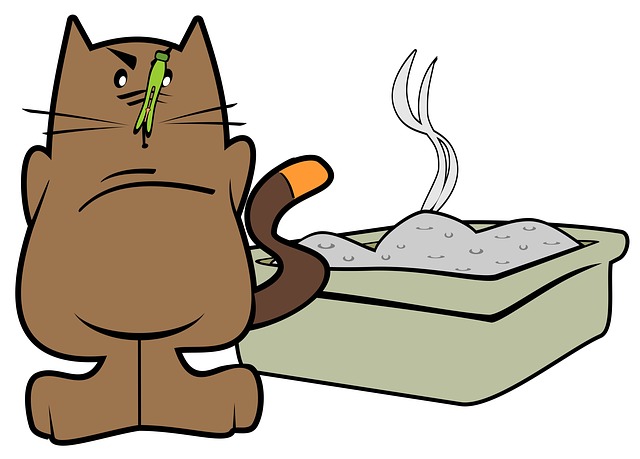
Urinary Tract Infection In Cats
The infection of the cat’s urinary tract can be from bacteria, fungi, parasites, or even viruses. Urinary tract infection shows the same signs as FLUTD. Although the bacterial infection is the more common than parasitic, viral or fungal infections are uncommon in cats.
If the infection is present, your vet will fight this infection, and they will look for other diseases that may be the reason behind this infection such as diabetes or uroliths, such conditions increase the risk for infections in cats.
However, it is less likely in young cats to have bladder infection; it is even less than 5% of the time. The reason young cat has less risk for infection is due to the high acidity content and concentration of their urine, which prepares a lousy environment for bacteria to grow and cause problems which prevent infections. These diseases, such as kidney diseases or diabetes, are more common in mid-aged to old-aged cats (older than ten years).
Warning Signs of Feline Urinary Tract Infections
- Straining to urinate: Life threating conditions such as Feline idiopathic cystitis can lead to a blockage in the tract, which leads to straining while urinating, and it could eventually lead to more severe conditions such as the formation of bladder stones or a urethral plug.
- Frequent attempts to urinate: Same as humans with this kind of infection, cats with FLUTD also have a constant urge to urinate, but they can only pass a small amount each time.
- Painful urination
- Blood in urine or cloudy urine
- Licking the genital or abdominal areas
- Irritability
- Urinating Outside the Litter Box or Prolonged squatting in the litter box
- Fear or avoidance of litter box and soiling in inappropriate places
- A strong odor of ammonia in urine
- Increased water consumption
- Hard, distended abdomen
Treatment & Diagnosis
The diagnosis will be the same as in FLUTD we mentioned above.
Your vet will begin with a physical examination and collect urine samples. Blood work, x-rays, and abdominal ultrasound may also be needed for diagnosis.
In most cases of FLUTD, cats’ health improve without medical treatment, but the symptoms can recur. Though they are not a life-threatening condition to your cat, they can be annoying and uncomfortable so that treatment can improve your overall cat quality of life.
While the treatment of FLUTD depends on the underlying cause, it is always the best to increase your cat’s water intake. Maintaining a healthy weight, feeding your cat canned food, and encouraging your cat to use its litter box can also be beneficial.
However, not all conditions and infections can be treated at home. Bacterial infections should be treated with antibiotics, and in some cases, it may need surgery such as kidney stones.
It is always best to be safe to prevent infection from becoming a serious one. Once you notice any of the signs we mentioned above, call your vet. Diagnose the disease sooner will help your cat to get better faster.
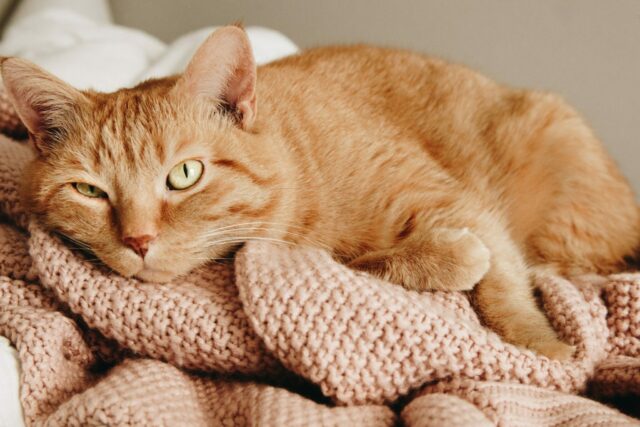
Conclusion
We talked about FLUTD, its causes, and how to diagnose them. Then you read about one of the most common causes for FLUTD, which is feline urinary tract infection (or Urinary tract infection in cats).
Whatever the organism that causes this infection bacteria, virus, parasite, or fungi, the symptoms of urinary tract infection in cats will be the same, and the treatment of urinary tract infection in cats depends on the type of the organism and the severity of the disease.
Your cat and my cat are our families, and I consider my cats as my kids. When your cat or my cat feel bad and ill, we need to take all the actions we can take to help them get better fast enough. Sometimes I even search for natural remedies, supplements, toys, or good food to give the best life they can get.
Sources:
- American Veterinary Medical Association (AVMA)
- PetMD
- Merck Veterinary Manual
- Adelaide Vet
- VCA Animal Hospitals
- American College of Veterinary Internal Medicine
- WebMD
So finally, I hope you found this article useful and informative. Let me know your answer. What do you think? Do you have more information about Urinary Tract Infection In Cats – Symptoms And Treatment Of Urinary Tract Infection In Cats? Write them down below.
If you have any other questions or different opinions about it, leave a comment below.
Today’s Quote:
“The problem with cats is that they get the same exact look whether they see a moth or an axe-murderer.” –Paula Poundstone
You’ll Also Love These Posts:
Studies have shown if you like this blog article — you will also love the following posts.

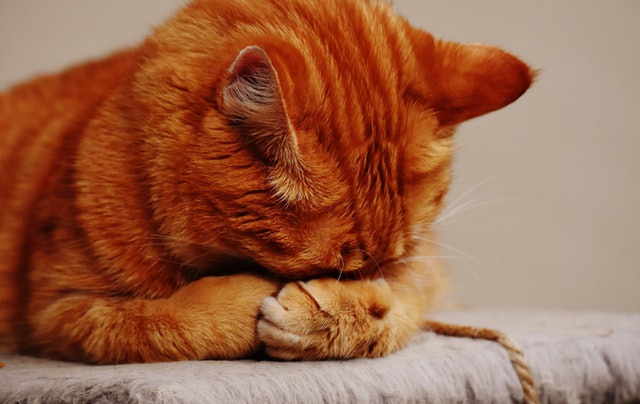
Hi there,
Sometimes we forget that cats and dogs are suffering from illness as well as humans. I do not have any pets at the moment, but I do have friends with cats and dogs. Sometimes, when I visiting them, their pets seems to be down or upsets, and always I was thinking maybe because they want all the attention. Never occurred to me that they might suffer from some health problems.
Hello Oana,
I agree with you. Sometimes we are too busy to think about ourselves and forget that we have another family member that may suffer from illness! It is our duty to keep an eye on their health and keep our cats and other pets healthy and happy.
This article is very informative, I had no idea there were so many potential causes for feline urinary tract infections. Cats always seem so fastidious in their cleaning habits, so it is good to know that they can still get a FLUTD through bacteria, fungi, or parasites. It’s is important to know other contributing factors as well, such as diabetes or hypothyroidism. Especially since these conditions are common in older cats. Thank you for the very thorough and helpful article!
Hello Jessica,
Urinary tract infection is a common problem for humans and animals. There are several causes to it and risk factors that may lead to this disease. Our only concern to discover the problem early to help our cats to be healthy and happy again.